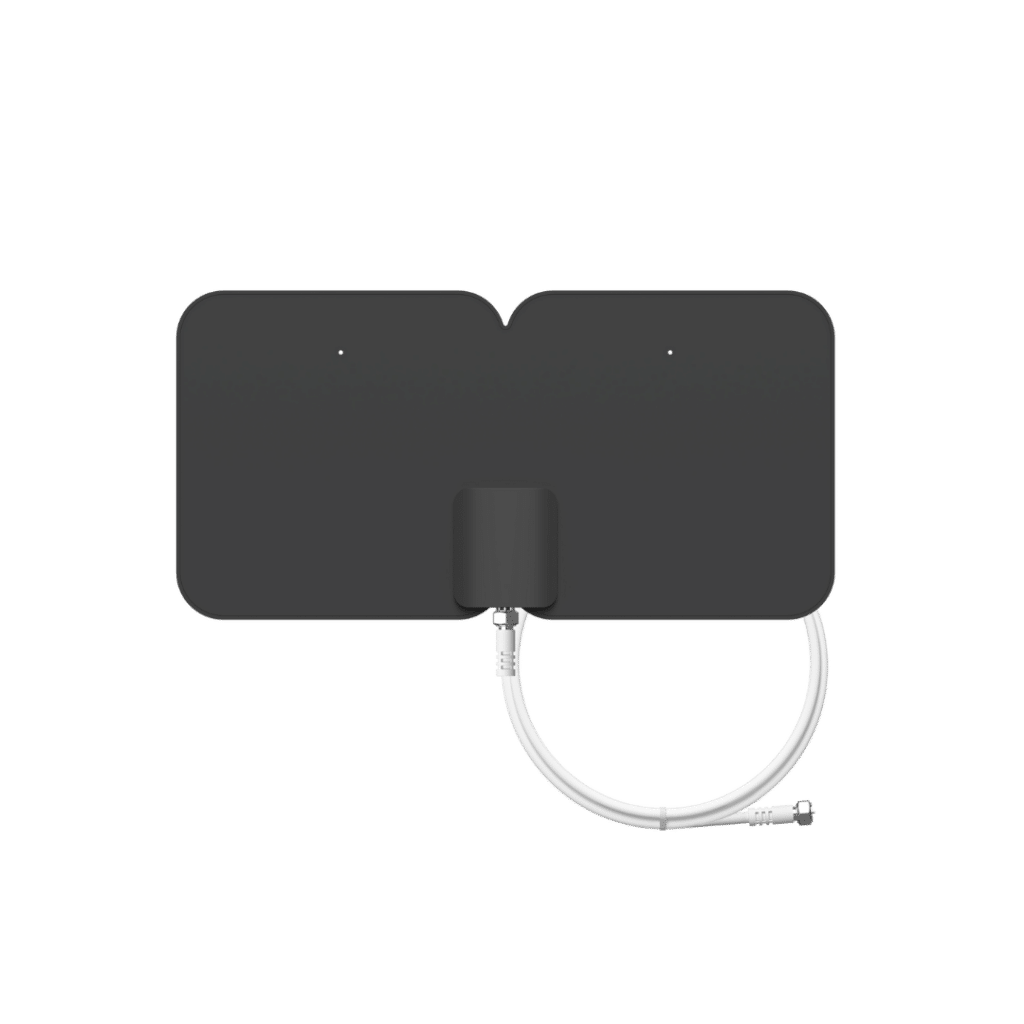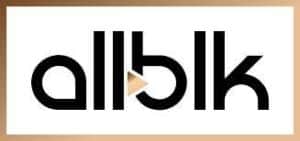One of the first steps in getting free Over-the-Air TV is finding an antenna. Today’s digital HDTV Over-the-Air (OTA) antennas are not like the rabbit ears of old so keep your tinfoil for wrapping last night’s leftovers. Modern antennas deliver perfectly crisp picture quality in full HD and come in a variety of form factors and prices.
*** See an updated version of this post ***
OTA Antenna Style Options:
HDTV antennas cost approximately $20 to $200 and come in several different form factors:
- Flat antennas – Are placed indoors, usually affixed to windows or walls
- Table-top antennas – Are small and placed indoors on a flat surface
- Attic mount antennas – Are mounted within your home’s attic
- Roof mount/outdoor antennas – Are mounted on the outside of your home, either on the roof or another structure like a pole or tower
- DIY versions – Some folks are even “MacGyver”-ing their own antennas from plans on the internet like this one and this one

Indoor antennas are best for those living in urban areas, nearest to the broadcast towers. If you live in the suburbs or the country, further away from the broadcast towers, the more likely it is that you’ll need to move up to an attic or roof mount option which are also more expensive.
Many antenna manufacturers (like Winegard, Mohu and AntennasDirect) offer searchable databases or 1-800 help lines to help you choose which of their products is best for your area.
Amplified or Unamplified?
One way for antennas to overcome size or height disadvantages is to use electronic amplification. Signal amplifiers are either built in (many indoor antennas already include this) or can be separate devices installed between the antenna and your Tablo. If you live in the suburbs or beyond, you should definitely look at an amplified antenna.
Uni-Directional or Multi/Omni-Directional?
A big part of capturing the most channels possible with your antenna is knowing where your local broadcast towers are located. If they’re clustered together you can point a uni-directional antenna at the broadcast tower source and you should receive a strong signal.
However, in some locations there may be multiple broadcast towers in different parts of the city for different broadcasters. For example, those living along the border may try to pick up signals from towers located in the United States and Canada to get the widest channel selection. In order to get both sets of stations, you’d need an omni-directional antenna which can ‘see’ both North and South at the same time.
Now that you know more about antenna styles, next time we’ll cover where to place the antenna within your home. Stay tuned













































































































